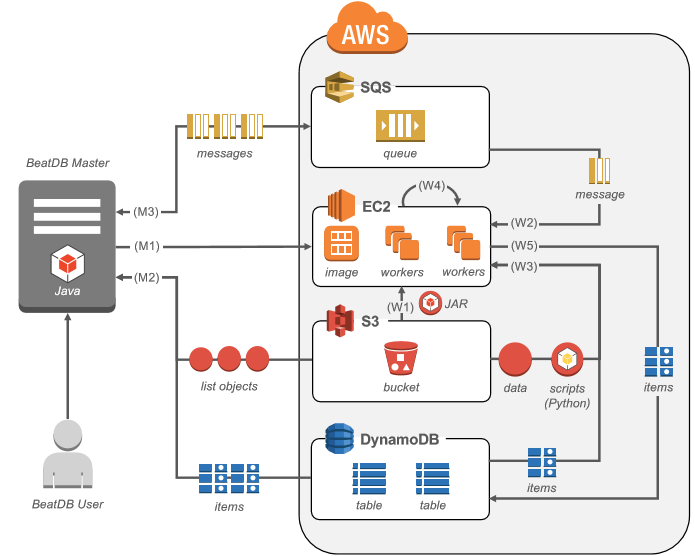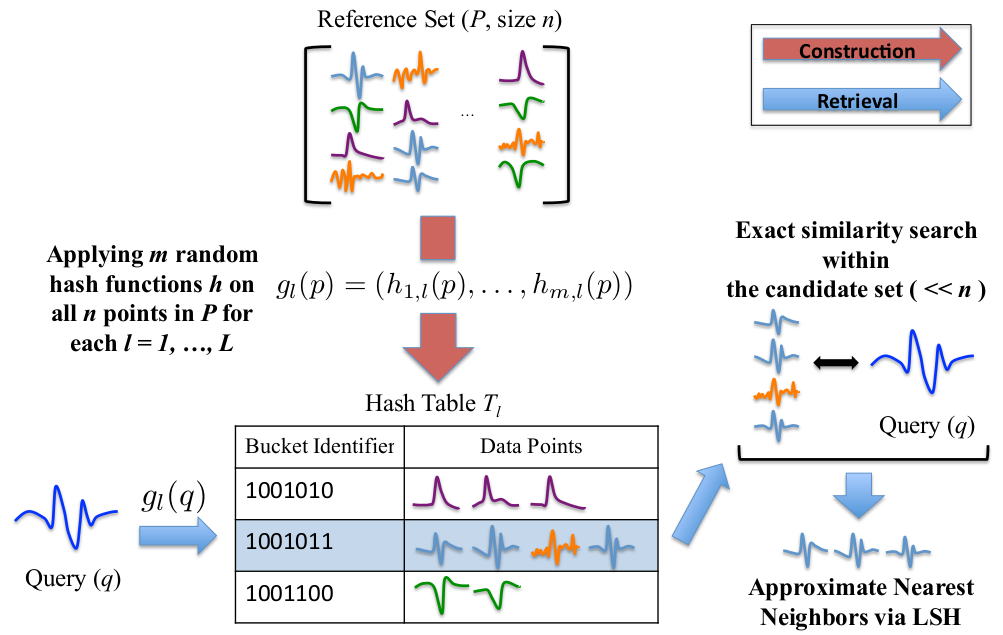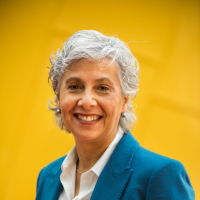Project
GIGABEATS: Data science for medical sensor data

Our projects tap into machine learning to interpret and exploit repositories holding waveform data e.g. arterial blood pressure, ECG and EEG. They include "BeatDB" where we are developing a fast and scalable framework for compiling machine learning data sets from waveform repositories and "Trajectories Like Mine" where we are developing a sub-linear time method called Locality Sensitive Hashing to find approximate nearest neighbors in waveform space. These projects are generously supported by Philips Research North America.
BeatDB allows researchers to build predictive models through physiological waveform mining and analysis. One of its strengths is its flexibility, allowing for users to define features to track, conditions to detect, and filters to apply with short user-defined scripts. BeatDB is integrated within Amazon Web Services (AWS), allowing for users to run computations in parallel in the cloud. Because of these features, BeatDB allows researchers and scientists to cut down on time needed for prediction studies and data processing without sacrificing any of the parameterization and specificity to the data possible with custom (and often single-use) scripts.

Trajectories Like Mine In data-driven precision medicine, fast yet accurate prediction of acute and critical events based on sensors' time series is of crucial importance especially in intensive care units. In such setting, promptness is demanded, so if a task can be completed dramatically faster, it is often acceptable to tolerate a slight decrease in accuracy. To address these challenges, we are developing techniques for scalable patient record retrieval and event prediction based on locality-sensitive hashing (LSH). It has a significantly faster querying time, while maintaining the accuracy in a competitive range in comparison to the linear, exhaustive k-nearest neighbor search. The prediction based on LSH is essentially a two-step process of first quickly retrieving "patients like me", the approximate nearest neighbors of our query of interest by LSH, and second, extrapolating the information of nearest neighbors for prediction.

Related Links
General inquiries
nicolem@csail.mit.edu
MIT student inquiries
alfa-apply@csail.mit.edu
Last updated Mar 03 '23

